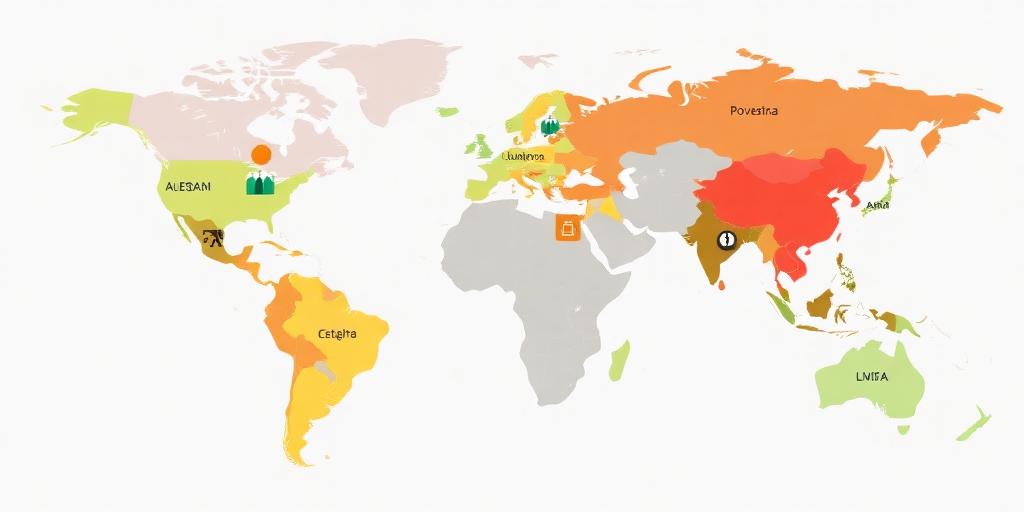Poverty and economic exclusion are not randomly distributed across the globe; they exhibit distinct geographical patterns shaped by a complex interplay of historical, political, social, and environmental factors. Understanding the geography of poverty is crucial for developing targeted and effective interventions to promote economic development and reduce inequality.
Historical Context:
The legacy of colonialism, slavery, and other forms of exploitation has had a profound and lasting impact on the geography of poverty. Many countries in Africa, Asia, and Latin America that were subjected to colonial rule continue to grapple with the consequences of resource extraction, unequal trade relationships, and political instability. These historical factors have contributed to the concentration of poverty in certain regions and the marginalization of specific populations.
Political and Economic Systems:
The nature of political and economic systems also plays a significant role in shaping the geography of poverty. Countries with weak governance, corruption, and a lack of rule of law tend to have higher rates of poverty and economic exclusion. Similarly, economic policies that favor the wealthy and powerful at the expense of the poor can exacerbate inequality and lead to the concentration of poverty in certain areas.
Social and Cultural Factors:
Social and cultural factors, such as discrimination, gender inequality, and lack of access to education and healthcare, can also contribute to the geography of poverty. In many societies, certain groups, such as women, ethnic minorities, and people with disabilities, face systemic barriers to economic opportunity and social mobility. These barriers can perpetuate cycles of poverty and reinforce existing patterns of inequality.
Environmental Factors:
Environmental factors, such as climate change, natural disasters, and resource scarcity, can also exacerbate poverty and economic exclusion. Regions that are particularly vulnerable to these environmental challenges often experience higher rates of poverty and food insecurity. Climate change, in particular, is expected to have a disproportionate impact on the world's poorest populations, further widening the gap between rich and poor.
Urban vs. Rural Poverty:
Poverty manifests differently in urban and rural areas. Urban poverty is often characterized by overcrowding, lack of access to basic services, and exposure to crime and violence. Rural poverty, on the other hand, is often associated with subsistence agriculture, lack of access to markets, and limited educational and employment opportunities.
Mapping Poverty:
Geographic Information Systems (GIS) and other mapping technologies are increasingly being used to visualize and analyze the geography of poverty. These tools can help policymakers and researchers identify areas with high concentrations of poverty, understand the underlying factors that contribute to poverty, and develop targeted interventions to address the specific needs of these communities.
Addressing the Geography of Poverty:
Addressing the geography of poverty requires a multi-faceted approach that tackles the underlying causes of poverty and promotes economic development in marginalized regions. This includes:
- Investing in education and healthcare:
- Promoting good governance and the rule of law:
- Creating economic opportunities:
- Addressing climate change:
- Empowering marginalized communities.
By understanding the geography of poverty and implementing targeted interventions, we can create a more equitable and sustainable world for all.









